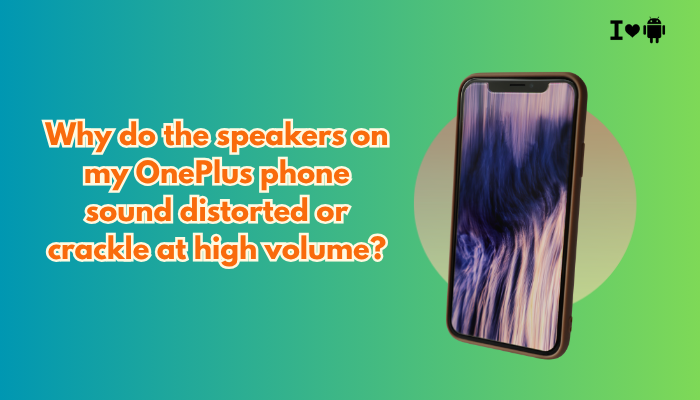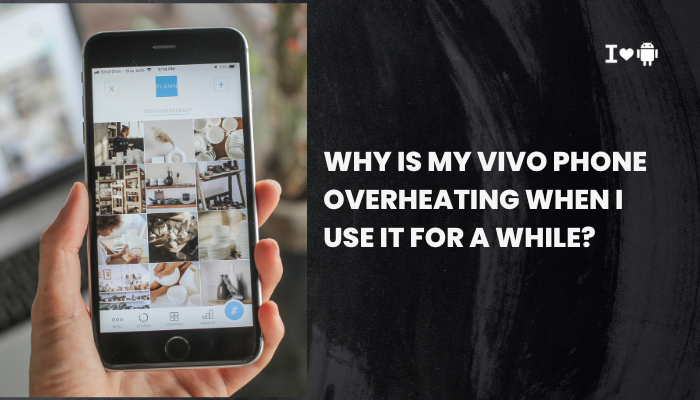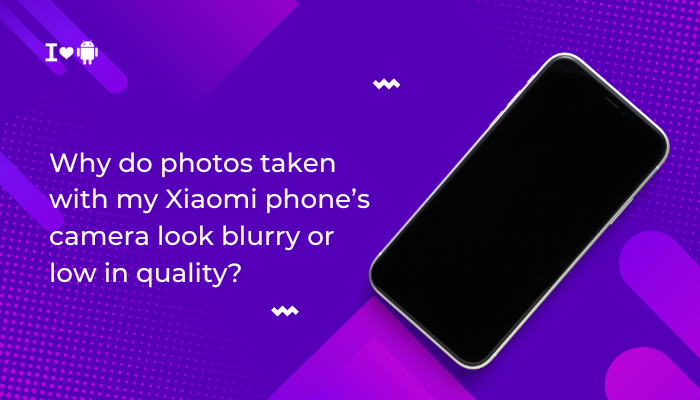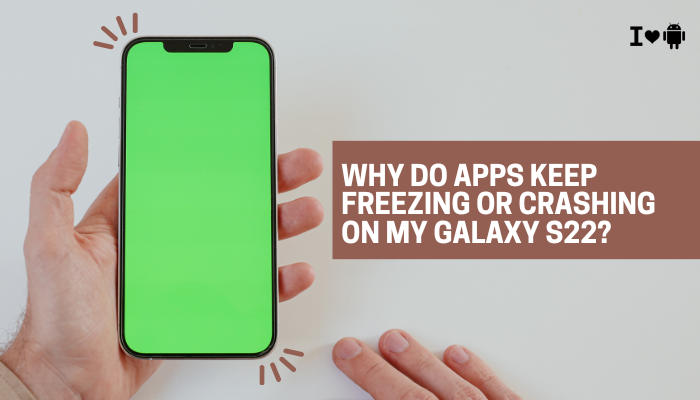A swollen battery is one of the most alarming issues a smartphone user can encounter—and for good reason. If you’ve noticed your Pixel phone’s back panel bulging, or your screen lifting from the frame, it could be due to battery swelling—a potentially hazardous condition. This issue has been reported across various smartphone brands, including some older and newer Google Pixel models such as the Pixel 3, 4a, 5, 6, and even 7 series.
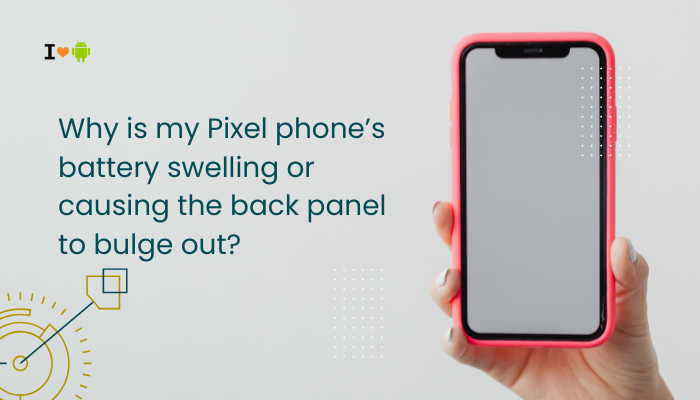
Battery swelling is not just a cosmetic issue. It indicates that the internal lithium-ion battery is degrading or malfunctioning, and immediate action is essential to prevent damage or personal injury.
What Is Battery Swelling?
Smartphones use lithium-ion batteries, which are compact, rechargeable, and relatively safe. However, under certain conditions, a chemical reaction can occur inside the battery, causing it to:
- Generate gas (usually oxygen and carbon dioxide)
- Expand and exert pressure on the phone’s internal structure
- Push out the screen or back panel
This is known as battery swelling, and it can rupture seals, break adhesives, and in rare cases, lead to leakage or fire.
Signs of a Swollen Battery in Pixel Phones
You may be dealing with a swollen battery if you notice:
- Back panel lifting or separating from the frame
- Visible bulge on the phone’s back or screen
- Screen lifting from one side or slight warping
- Phone won’t sit flat on a table anymore
- Unusual warmth during idle use or charging
- Battery drains faster than normal or the phone shuts down unexpectedly
If you observe any of these signs, stop using the phone and do not attempt to compress or glue the bulging part.
Why Does Battery Swelling Happen?
Battery Aging
Over time, lithium-ion batteries degrade naturally.
- Typical battery lifespan: 2–3 years of regular use
- Degradation can cause internal chemical breakdown, which may lead to gas buildup
- Older Pixel phones like Pixel 2 or 3 are particularly prone to this
Overcharging or Heat Exposure
Repeated exposure to high temperatures or prolonged charging can accelerate swelling.
- Charging under a pillow, in direct sunlight, or in hot weather can trap heat
- Fast charging repeatedly can stress battery cells if not well-managed
Manufacturing Defects
In some Pixel phones, users have reported swelling within less than a year of purchase.
- This may be due to manufacturing flaws in the battery cell
- Google or its battery supplier may have used substandard components in rare cases
Physical Damage
A drop or impact—even without external damage—can compromise the battery’s integrity.
- Damaged internal layers can lead to short circuits and chemical imbalance
- Swelling may occur days or weeks after physical damage
Charging with Faulty or Non-Original Accessories
Using third-party chargers or cables that don’t meet Google’s power specifications can affect battery health.
- Overvoltage or inconsistent current may damage the battery’s safety features
- Always use certified USB PD chargers
What to Do If Your Pixel Battery Is Swollen
Stop Using the Device Immediately
Turn off the phone and do not charge it. A swollen battery can rupture, leak, or even ignite if mishandled.
Do Not Attempt to Press or Re-glue the Panel
Trying to fix the bulge yourself can make it worse—or dangerous.
- You risk puncturing the battery, which could cause a thermal event (fire or smoke)
Contact Google Support
Go to Google Pixel Support and report the issue.
- If your phone is under warranty, Google may offer a free repair or replacement
- Even if out of warranty, some users have received partial repair cost waivers if the swelling appears to be a safety defect
Prepare:
- Photos of the swollen or bulging area
- Phone details: model, serial number, purchase date
Visit an Authorized Repair Center
If you’re outside the warranty or want a faster solution:
- Use a Google-authorized repair center to ensure proper battery disposal
- The technician will safely remove and replace the battery and reseal the back panel
Safely Store the Device Until Repair
Place the phone on a non-flammable surface, like a ceramic plate or metal tray, away from flammable materials.
How to Prevent Battery Swelling in the Future
- Avoid extreme temperatures: Don’t expose your phone to direct sun or freezing conditions.
- Use original chargers: Always use Google-certified USB-C PD chargers and cables.
- Don’t overcharge: Avoid leaving the phone plugged in overnight regularly.
- Monitor charging habits: Fast charging is fine, but avoid frequent cycles from 0–100%.
- Don’t ignore early signs: If your battery life declines rapidly or your phone gets unusually warm, it’s time to get it checked.
Google’s Official Response and Warranty Policy
As of now, Google has not officially recalled any Pixel model for battery swelling. However:
- Users have reported positive support experiences for Pixel 5 and later devices under warranty
- Older phones may require out-of-warranty battery replacement, which can cost ₹5,000–₹8,000 (or $99–$149 USD)
It’s worth checking if your phone is covered under Preferred Care, Google Store warranty, or carrier extended warranty.
Conclusion
Battery swelling in Pixel phones is rare but serious. It usually results from battery aging, thermal stress, manufacturing defects, or charging habits. If your Pixel phone’s back panel is bulging or the battery appears swollen, stop using it immediately and contact support. This is not a DIY repair issue—it requires proper handling and disposal of the battery.
By understanding the causes and recognizing the early signs of swelling, you can prevent long-term damage and ensure your safety. Regularly inspect your phone and adopt healthy charging practices to extend battery life and avoid such issues in the future.

